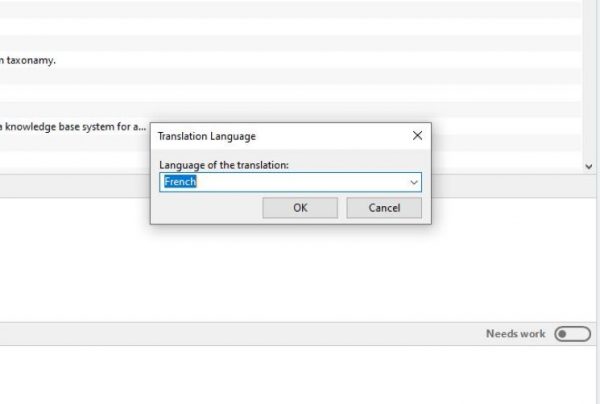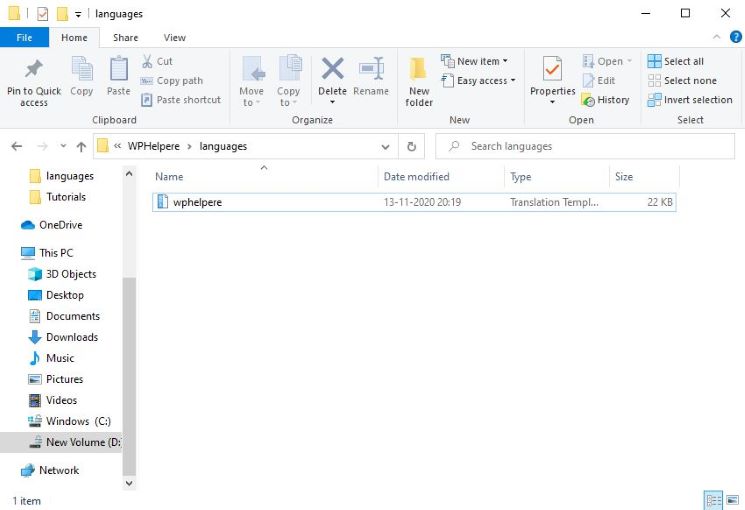


This section is to highlight the correct file name format, already seen in the above “Incorrect Folder” issue. It is not a good idea to store your customized translation files inside directories such as /wp-content/plugins/sfwd-lms/languages/ due to risk of overwrite in the event of a plugin update.


It should look like similar to the screenshot below. To resolve, toggle the “Needs Work” setting to off. Therefore, WordPress does not display this translation on your site because it thinks the translation “Needs Work” as per your instructions. When “Needs Work” is set on a translation, you are telling WordPress that you are not sure that this is the correct translation. This is typically indicated by an orange color, and an orange toggle after selecting the individual translation in poEdit. Translations Set to “Needs Work”īe mindful of “Needs Work” settings on individual translations.
POEDIT APP TO TRANSLATE WORDPRESS UPDATE
To resolve, download the latest POT (step #2), then follow steps 6-10 to update from the latest POT, add translations for the new strings as needed, and upload your new. It is no longer used because the codebase is now using placeholders in those strings, not the literal words such as Lesson or Course. However, the translation is not necessarily lost. This may also be why you notice that all of a sudden you have “lost” translations of strings like “Next Lesson” and “Previous Course” and other strings that contain a custom label. The string in the codebase of LearnDash is actually “Next %s” because the %s acts as a placeholder for your Custom Label (even if you do not use Custom Labels). If you are translating strings such as “Next Lesson” and noticing that the translation is not reflected on your site, then that is because you are translating from an out of date POT file. If one or both of these is incorrect then you will encounter issues.Ĭommon Issues Not Updating from Latest POT File Verify that the file is named correctly and in the proper directory. po files to the /wp-content/languages/plugins/ folder Using an FTP program or File Manager, add your new.Make your additions and/or modifications to the translation file.Navigate to CATALOG > UPDATE FROM POT and select the downloaded POT file in step 2.po file by clicking the PO download button (it will open in a new tab) Download the latest POT file by clicking the POT download button (it will automatically download).Navigate to LEARNDASH LMS > SETTINGS > TRANSLATIONS.If you need to update a translation, you can do so by following these steps: If you are creating a new translation, you can reference this helpful list of WP Locale Codes for file naming conventions. Right-to-left (RTL) languages are supported. 3.7 Not Considering Strings from Third-Party CodeĪs the translations are user-donated, they may not be 100% complete for your desired language.


 0 kommentar(er)
0 kommentar(er)
